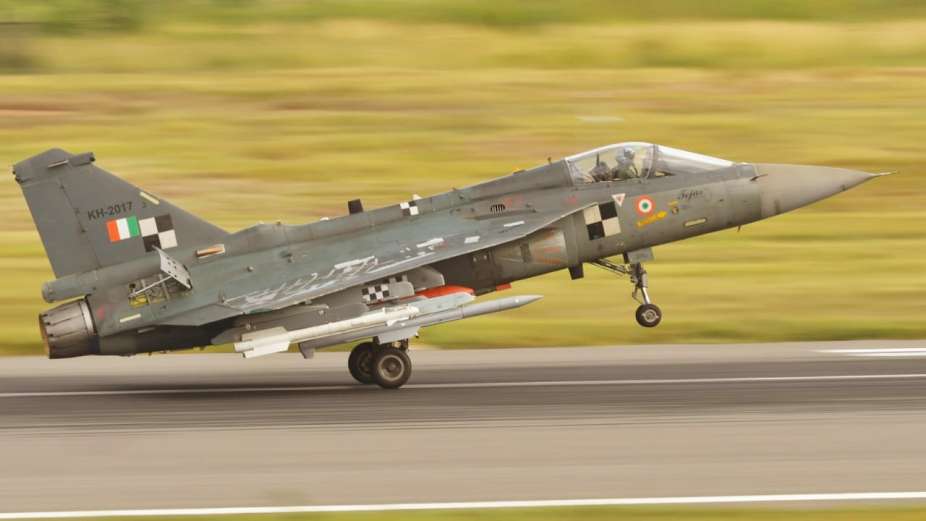Breaking news
Indian Air Force incorporates advanced flight control technology into Tejas Mk1A LCA.
On February 20, 2024, the Defense Minister announced the successful integration of an advanced flight control system, the 'Digital Fly by Wire Flight Control Computer' (DFWCC), into the prototype of the Tejas Mk1A. This integration marks a significant step towards realizing the government's policy of self-reliance.
Follow Air Recognition on Google News at this link
 India Tejas Mk1A Light Combat Aircraft (Picture source: Indian MoD)
India Tejas Mk1A Light Combat Aircraft (Picture source: Indian MoD)
The Tejas Mk1A, the latest version of the Indian Air Force's (IAF) Light Combat Aircraft (LCA), incorporates over 40 improvements compared to its predecessor, the Mk1, which was commissioned in 2016. This prototype, designated 'LSP7', successfully completed its maiden flight on February 19, 2024, piloted by Wing Commander Siddarth Singh KMJ (Ret’d) from the National Flight Test Centre, validating the performance and critical parameters of the flight control system.
Slated for production start in the 2023-24 timeframe, the Mark 1A model retains the foundational airframe of its predecessor while integrating a suite of advanced avionics. This includes the EL/M-2052 and Uttam AESA radars, the DARE Unified Electronic Warfare Suite, and an externally mounted Self-Protection Jammer to improve survivability. Additionally, the aircraft will be equipped with Instrument Flight Rules capability, an Onboard Oxygen Generation System developed by DEBEL for extended endurance, and a broader arsenal including the Astra BVRAAM and ASRAAM missiles. HAL is set to enhance the aircraft further with an in-house developed Combined Interrogator and Transponder and a digital map generator, enhancing mission planning and execution. Improvements also extend to the cockpit, with a redesigned floor for better pilot accommodation, and the aircraft promises reduced turnaround times for increased operational efficiency.
The Tejas LCA, a single-seat, single-engine supersonic fighter, plays a central role in the IAF's modernization strategy since its introduction in 2016. With more than 4,599 test flights achieving speeds up to Mach 1.4, the Tejas continues to demonstrate its strategic importance to national security.
The Tejas program was initiated in the 1980s by the Aeronautical Development Agency (ADA) in collaboration with HAL's Aeronautical Research and Design Centre (ARDC), leading to the development of the Tejas, which first flew in 2001. After receiving Initial Operational Clearance in 2011 and Final Operational Clearance in 2019, the IAF has ordered various versions of the Tejas, underlining India's commitment to strengthening its defense capabilities with indigenous technologies.
Currently, the IAF has ordered 32 Tejas Mark 1, 73 Mark 1A, and 18 Mark 1 training aircraft. The Tejas Mark 1 features an indigenous composition of 59.7% by value and 75.5% by the number of replaceable units. The development of the Tejas Mark 2 is underway, with mass production scheduled for 2026.
Beyond its borders, India aspires to become a major arms exporter, showcasing the Tejas at international air shows. However, despite efforts, the first major export trial of the Tejas to Malaysia did not materialize, with the contract being awarded to South Korea's FA-50 jets.
Countries such as Argentina, the Philippines, and Nigeria have expressed interest in the Tejas, though India has yet to overcome international competition to realize these export opportunities.
Faced with the challenge of meeting both domestic and international demand, HAL aims to increase its production capacity from 16 to 24 jets per year by establishing a third production line. This expansion is crucial for fulfilling the commitments of the IAF and fully exploring the export potential of the Tejas.


























